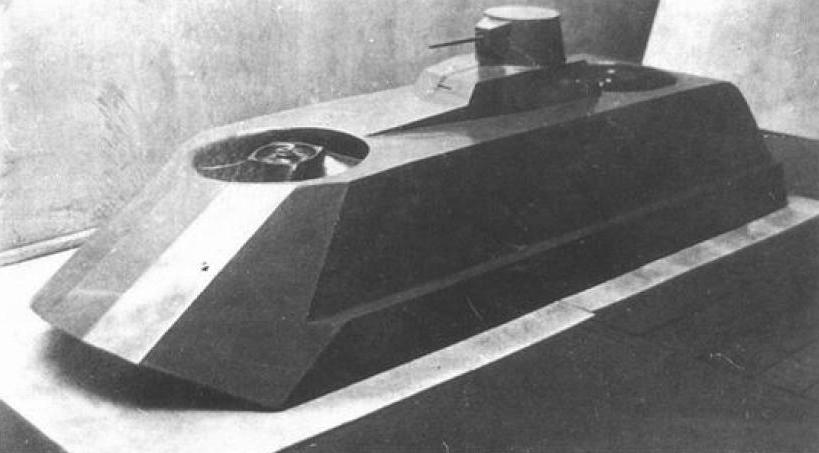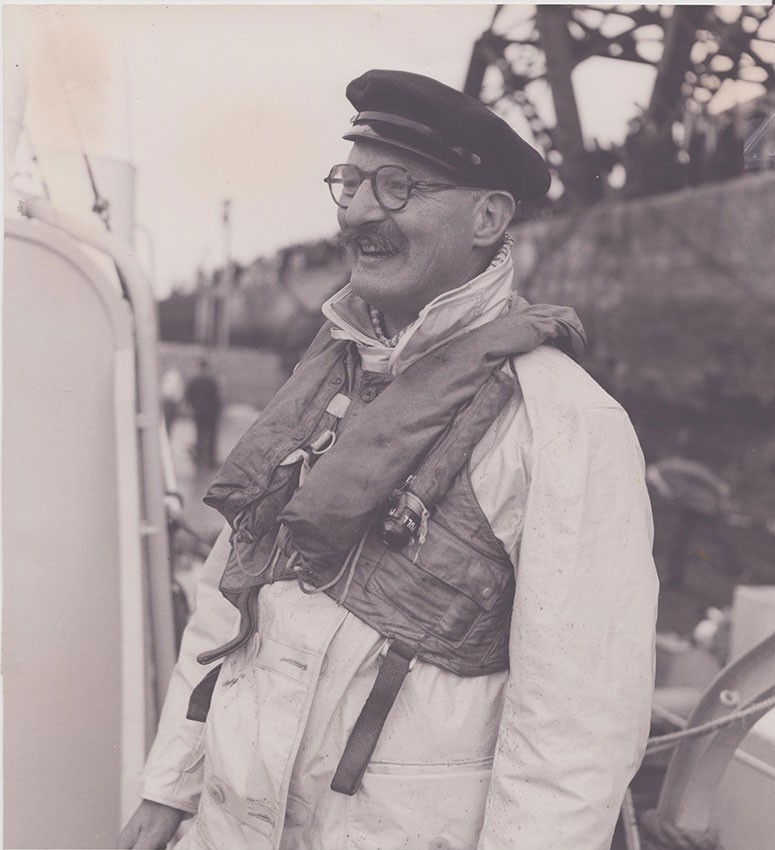
This episode currently has no reviews.
Submit Review- Podcast |
- Plane Tales
- Publisher |
- Capt Nick
- Media Type |
- audio
- Publication Date |
- Mar 12, 2021
- Episode Duration |
- 00:20:01
The Hovercraft is something of a rare beast. This story examines the many engineers and scientists who contributed to the development of a vehicle that is lifted on a cushion of air and is capable of travelling over land, water, mud, ice, tarmac, sand and many other flattish surfaces.
The Swedish scientist Emanuel Swedenborg is known to have sketched the first hovercraft design in 1714.
Dagobert Müller von Thomamühl’s Luftkissengleitboot, a surface effect boat.
How a hovercraft functions.
Charles Fletcher’s Glidemobile.
SRN4.
Images under Creative Commons licence with thanks to those in the Public Domain, Technical Museum Vienna, Messer Woland, the Ford Motor Company, Ad Meskens, GB Patent Office, The National Archives UK, USN, Andrew Berridge and Mil.Ru (LightZone).
This episode currently has no reviews.
Submit ReviewThis episode could use a review! Have anything to say about it? Share your thoughts using the button below.
Submit Review





